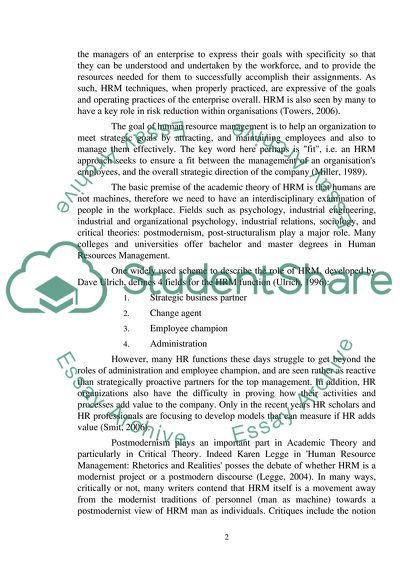Cite this document
(The Relationship Between Human Resources Management and Trade Unions Coursework Example | Topics and Well Written Essays - 2000 words, n.d.)
The Relationship Between Human Resources Management and Trade Unions Coursework Example | Topics and Well Written Essays - 2000 words. https://studentshare.org/human-resources/1711337-style-of-hrm-refer-to-management-style-and-the-relationship-between-hrm-and-trade-unions-in-your-answer
The Relationship Between Human Resources Management and Trade Unions Coursework Example | Topics and Well Written Essays - 2000 words. https://studentshare.org/human-resources/1711337-style-of-hrm-refer-to-management-style-and-the-relationship-between-hrm-and-trade-unions-in-your-answer
(The Relationship Between Human Resources Management and Trade Unions Coursework Example | Topics and Well Written Essays - 2000 Words)
The Relationship Between Human Resources Management and Trade Unions Coursework Example | Topics and Well Written Essays - 2000 Words. https://studentshare.org/human-resources/1711337-style-of-hrm-refer-to-management-style-and-the-relationship-between-hrm-and-trade-unions-in-your-answer.
The Relationship Between Human Resources Management and Trade Unions Coursework Example | Topics and Well Written Essays - 2000 Words. https://studentshare.org/human-resources/1711337-style-of-hrm-refer-to-management-style-and-the-relationship-between-hrm-and-trade-unions-in-your-answer.
“The Relationship Between Human Resources Management and Trade Unions Coursework Example | Topics and Well Written Essays - 2000 Words”. https://studentshare.org/human-resources/1711337-style-of-hrm-refer-to-management-style-and-the-relationship-between-hrm-and-trade-unions-in-your-answer.


